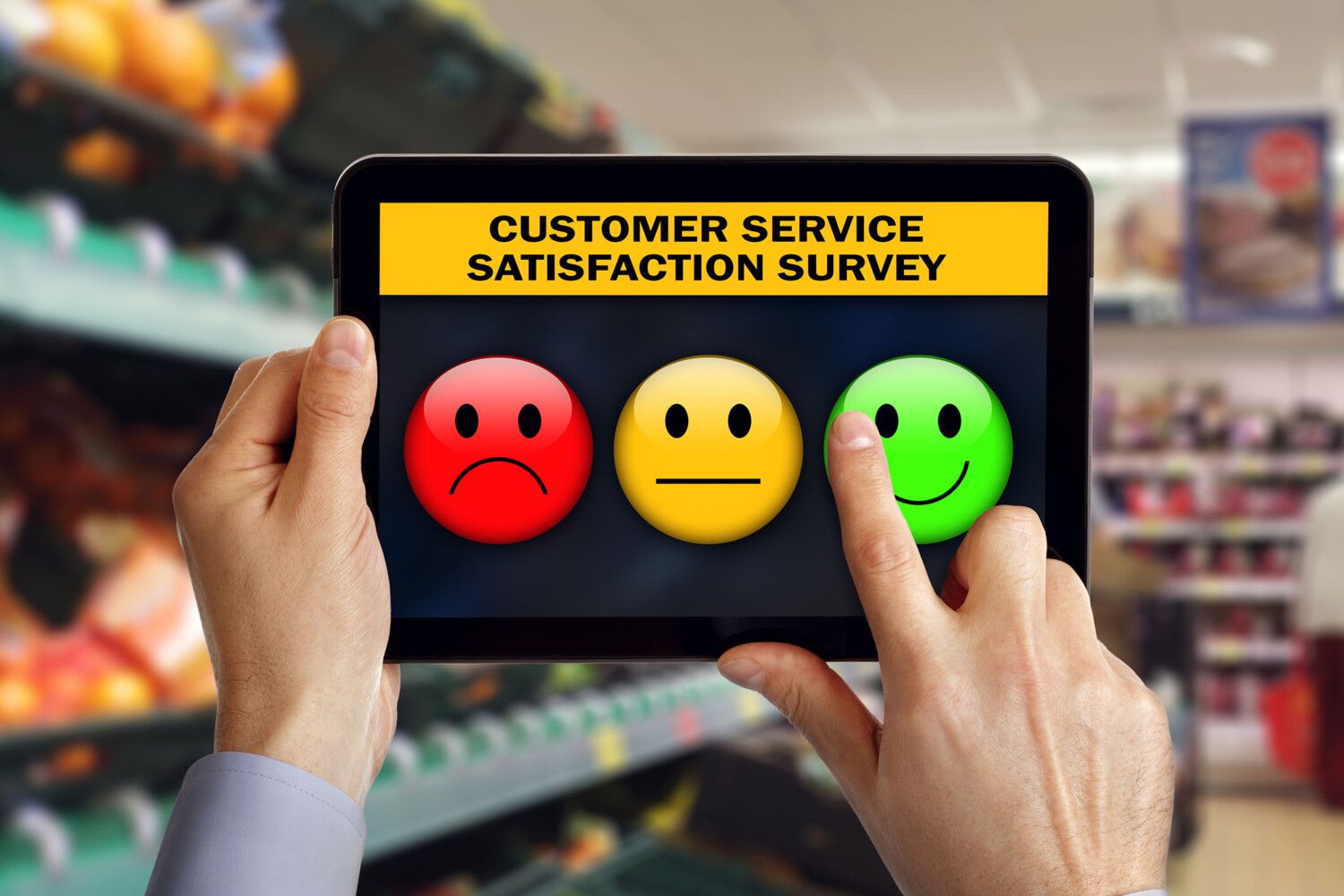Are you certain that the customers who frequent your point of sale are satisfied with your products, your services, and your service in general? The number of complaints or customer feedback remains within an acceptable range, in your opinion! But are you really sure that the consumer’s shopping experience is optimal? That there are no avenues for improvement before a possible escape to the competition?
To reassure yourself and, above all, to confirm or not your beliefs, it is imperative to listen to your customers and know what they want or what they will want in the future.
It’s therefore wise to collect customer feedback directly in-store whenever possible. Two main collection methods predominate: self-administered satisfaction surveys , such as questionnaires available at the point of sale or sent by email or post, and face-to-face surveys conducted directly in the field by support staff.
Why conduct customer satisfaction surveys?
Above all, it is about knowing your customers better , their expectations, their needs , their purchasing behaviors with the aim of improving the customer experience in store and avoiding a shift towards the competition. Knowing your customer means building loyalty!
Collecting this information inevitably involves administering a questionnaire which will enable customer satisfaction to be measured and avenues for improvement to be identified .
For brick-and-mortar stores or boutiques, as opposed to online stores, it’s a good idea to survey your customers directly at the point of sale using self-administered or face-to-face surveys. The survey can focus on a specific product/service or on the overall consumer experience when entering the point of sale: variety of offerings, store layout, product quality/freshness, welcome, team professionalism, loyalty card, etc.
This information can also be collected through digital channels : website, social media, emailing following a store visit. The disadvantage with this method of collection is that the customer is questioned “cold”, i.e. once they have made their purchase, unlike a survey carried out directly at the point of sale, where the customer is in the middle of their shopping, we then speak of a hot questionnaire, because their shopping experience is very recent.
Let us see below the different advantages and disadvantages of the different modes of administration:
Face-to-face surveys with tablets: a qualitative administration method!
Whether you need to go directly to someone’s home, go to a meeting room, or even to the street or a specific location, the tool adapts to the location where the face-to-face survey is carried out.
As we have seen previously, opting for a face-to-face satisfaction survey offers the almost immutable guarantee of obtaining very qualitative information : in fact, the customer makes himself available without the risk of being disturbed, it is therefore possible to consider long questionnaires and collect in-depth responses, a very rich material to exploit later. The possibilities of exchanging orally while benefiting from visual and interactive support during face-to-face surveys are made possible by the addition of photos, drawings, images and other pictograms.
More and more points of sale are seeking to collect customer feedback directly in-store through various means: interactive terminals, self-checkouts, tablets available to customers, etc. These are self-administered surveys.
But this method has its limits because it requires a commitment from the client, particularly in terms of time, and in most cases, respondents do not complete the questionnaire because it is often too long.
To conclude, the administration of a face-to-face questionnaire by interviewers using a touchscreen tablet therefore has many advantages:
- 💪 The interviewer builds confidence in the respondent and helps them understand the questions.
- 💪 The opportunity to ask lots of hot questions
- 💪 Cost reduction: compared to paper surveys where responses must be re-entered
- 💪 Closed / Open Questions
- 💪 The possibility of being several positioned in different places
- 💪 Proper reporting of incidents/complaints
- 💪 Real-time monitoring of results
This method of administering questionnaires, which could be described as active, allows for improved customer participation and the collection of verbatim reports. It is therefore considered qualitative but requires trained interviewers.


